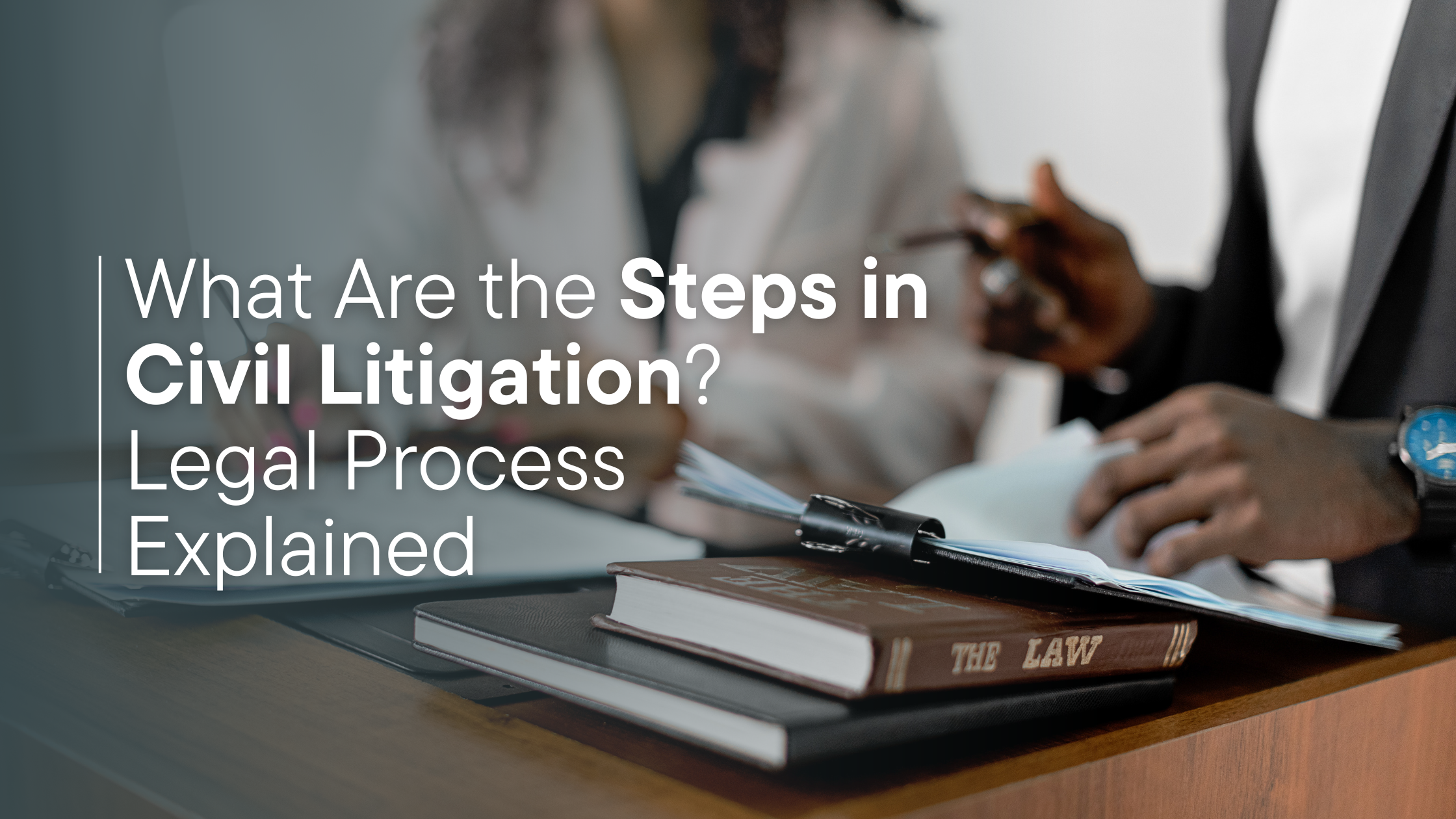Navigating a legal dispute can be daunting, especially when it comes to understanding the complexities of civil litigation. One critical element that can significantly impact the outcome of a case is the “standard of proof.” But what does this mean, and how does it affect you if you find yourself in a civil case? Let’s break it down in simple terms.
What is a Standard of Proof?

In any legal case, the “standard of proof” refers to the level of evidence that must be presented to persuade the court to rule in your favor. It’s the measure by which a party’s claims are evaluated in order to determine whether they are more likely true than not.
Essentially, it sets the bar for how much evidence is required to prove a case. It’s important to understand this standard because it shapes how a case is argued, the types of evidence used, and ultimately, the court’s decision.
The Different Standards of Proof in Civil Cases
There are different standards of proof, depending on the type of case. In civil litigation, two common standards are used:
Preponderance of the Evidence
- What It Means: This is the most commonly used standard in civil cases. It means that the evidence presented by one side must show that their claim is more likely true than not. In other words, the evidence must tip the scale in favor of one party.
- Real-World Examples: In a case involving a car accident, the plaintiff (the person suing) would need to prove that it’s more likely than not that the defendant was at fault based on the available evidence—such as witness statements, accident reports, and medical records.
Clear and Convincing Evidence
- What It Means: This standard is higher than the preponderance of the evidence. It requires a greater level of proof, where the evidence must be highly convincing and leave little room for doubt.
- When It’s Used: It’s typically applied in cases involving fraud, claims of undue influence, or other serious allegations.
- Real-World Example: In a fraud case, the plaintiff would need to prove, with clear and convincing evidence, that the defendant intentionally deceived them to secure an unfair advantage.
How the Standard of Proof Affects Civil Cases

The standard of proof plays a pivotal role in the strategies employed by legal teams. Since the burden of proof rests on the plaintiff (the party bringing the case), they must present evidence that meets the required standard to win the case. This impacts everything from gathering documents, to hiring expert witnesses, to crafting compelling arguments.
The legal team’s job is to make sure the evidence and arguments presented meet the standard for the specific case. If they fail to meet the required level of proof, the case may be dismissed, regardless of how strong the claim seems to be.
Common Myths About the Standard of Proof in Civil Cases
It’s easy to get confused about how standards of proof work, and a few myths often circulate. Let’s clear up some of the most common misconceptions:
Myth 1: The Standard of Proof in Civil Cases is the Same as in Criminal Cases
- Reality: This is a common misunderstanding. In criminal cases, the prosecution must prove the defendant’s guilt “beyond a reasonable doubt,” a much higher standard than in civil cases. Civil cases, on the other hand, typically use the preponderance of the evidence standard, which is a lower threshold.
Myth 2: The Plaintiff Always Has to Prove Everything
- Reality: While the plaintiff does bear the burden of proof, it’s not always a matter of proving everything from scratch. In some cases, certain facts are presumed or undisputed, making it easier for the plaintiff to focus on specific issues.
Why the Standard of Proof Matters

Understanding the standard of proof is crucial because it helps you grasp the complexity of legal proceedings. It affects your strategy, the type of evidence you gather, and how you present your case. For example, in some civil cases, even if you feel strongly that you are in the right, you may find that the evidence isn’t enough to meet the required standard, which can be a disappointing outcome.
It’s important to remember that civil litigation aims to resolve disputes fairly, but the standards set in place help ensure that the evidence supports the claims being made, protecting both parties involved.
Conclusion
In civil litigation, knowing the required standard of proof can make all the difference in how your case is approached and argued. Whether it’s proving a claim by the preponderance of the evidence or meeting the higher threshold of clear and convincing evidence, understanding these standards will help you navigate the legal process with greater confidence and clarity.
If you’re involved in a civil litigation case and need guidance on how to meet the necessary standard of proof, don’t hesitate to reach out. Contact Barli & Associates LLC today to discuss how we can help you navigate your legal challenge and work towards the best possible outcome.
Schedule a consultation today to see how we can protect your rights and secure your peace of mind.





